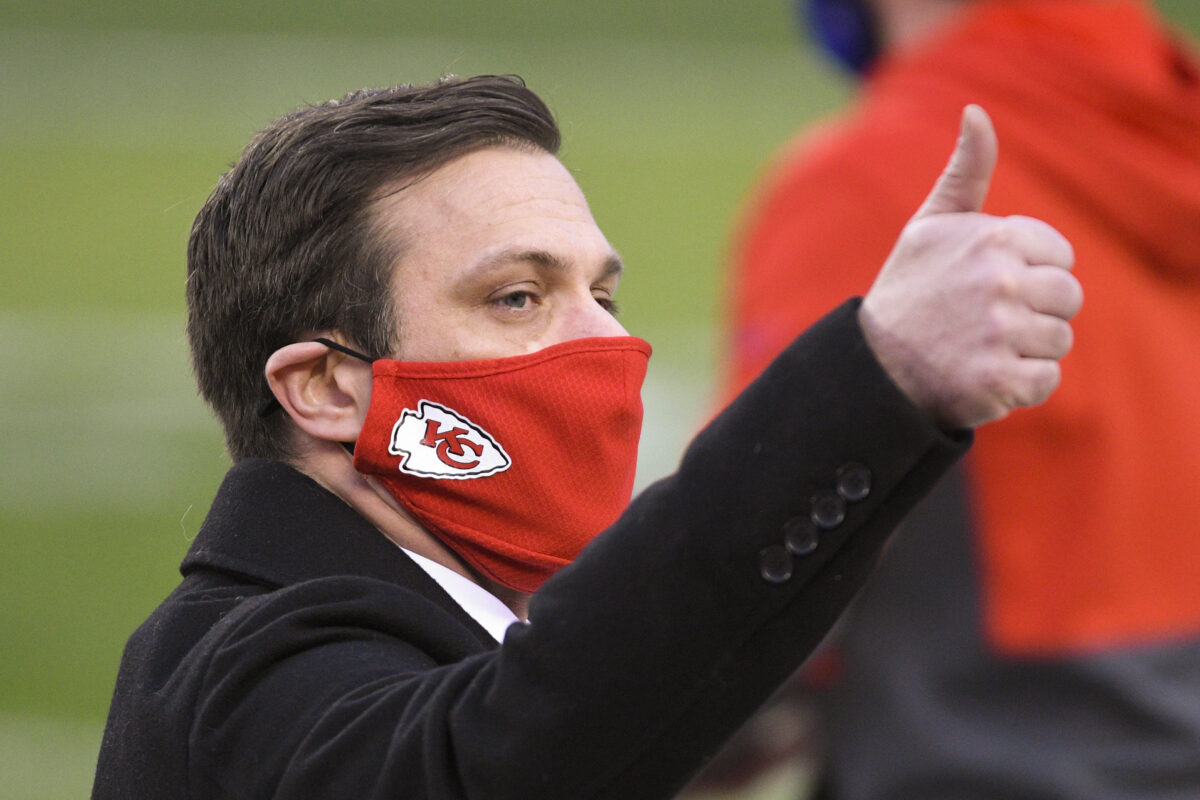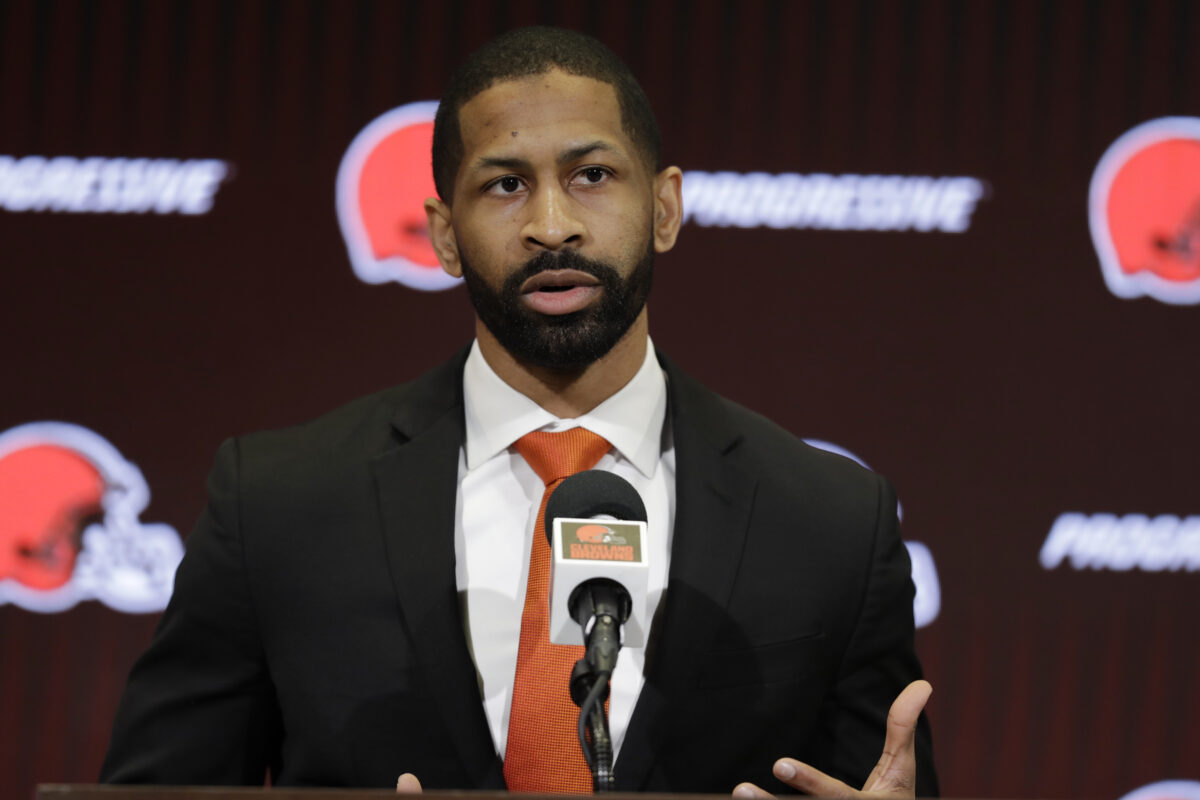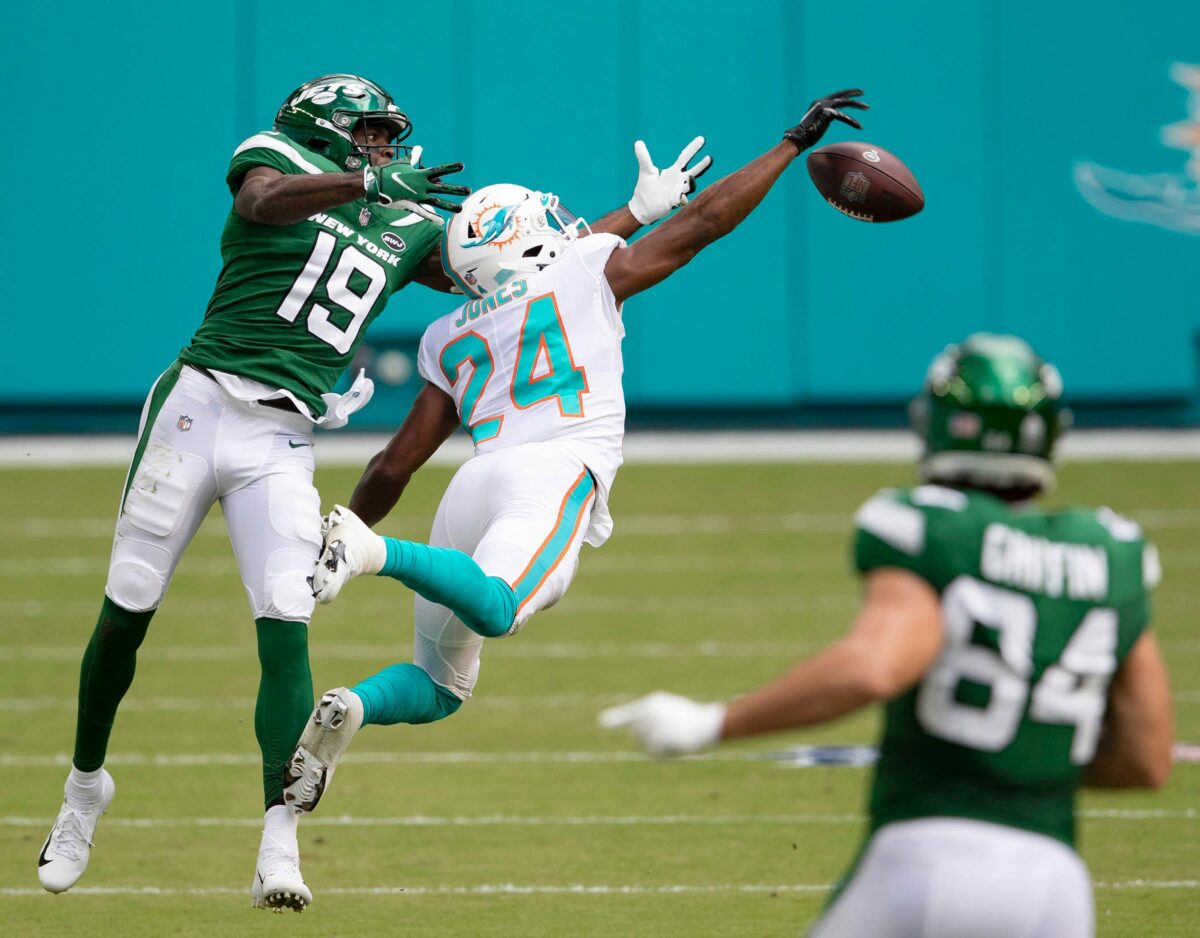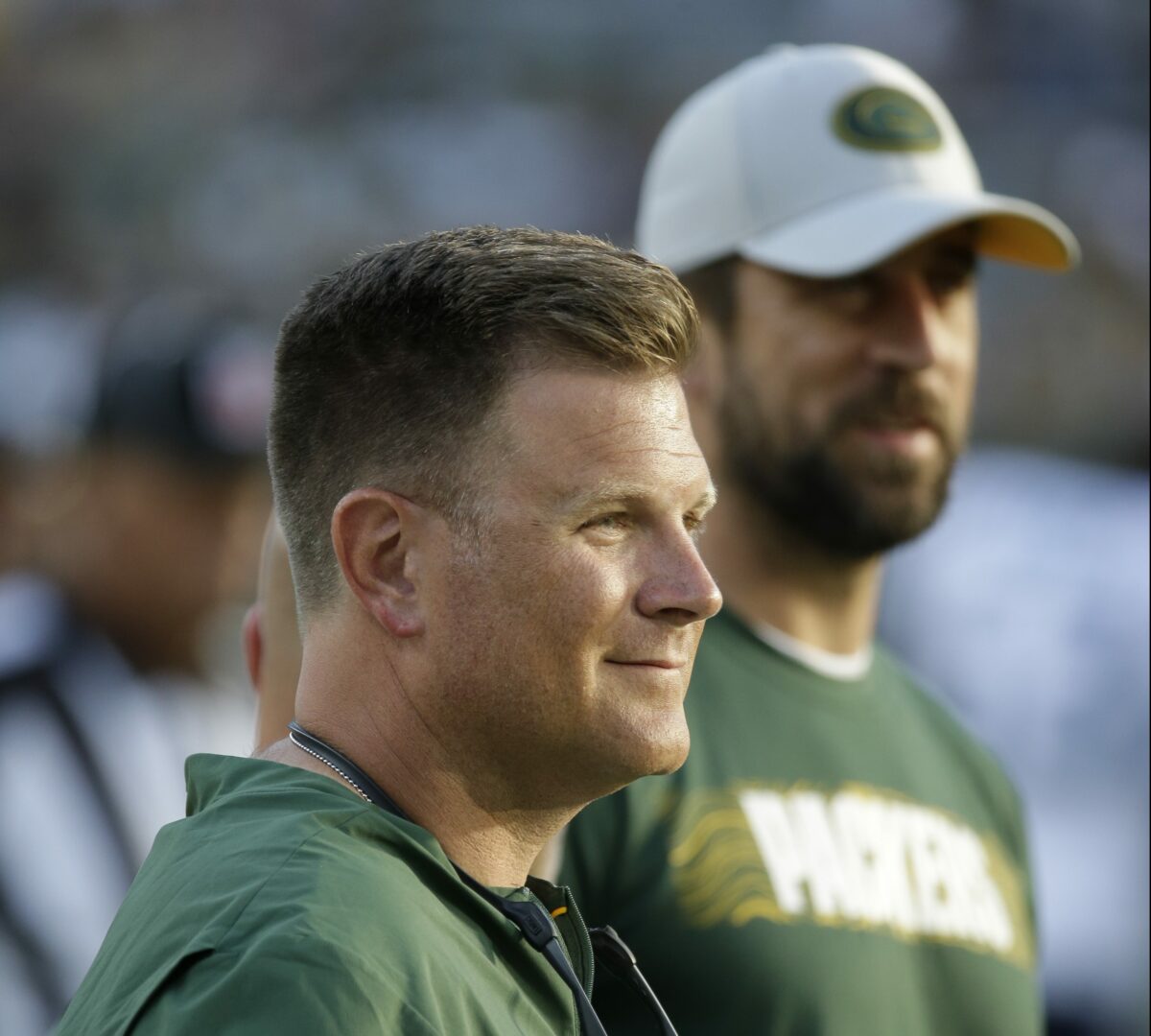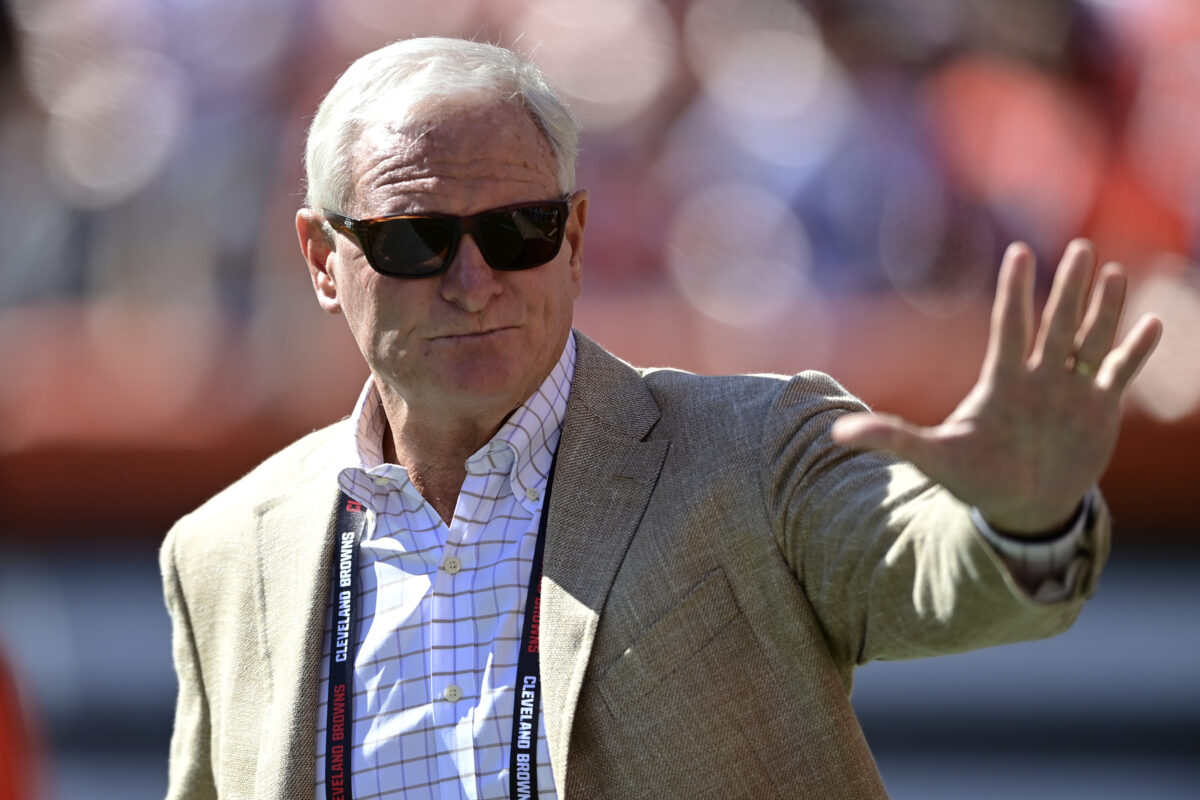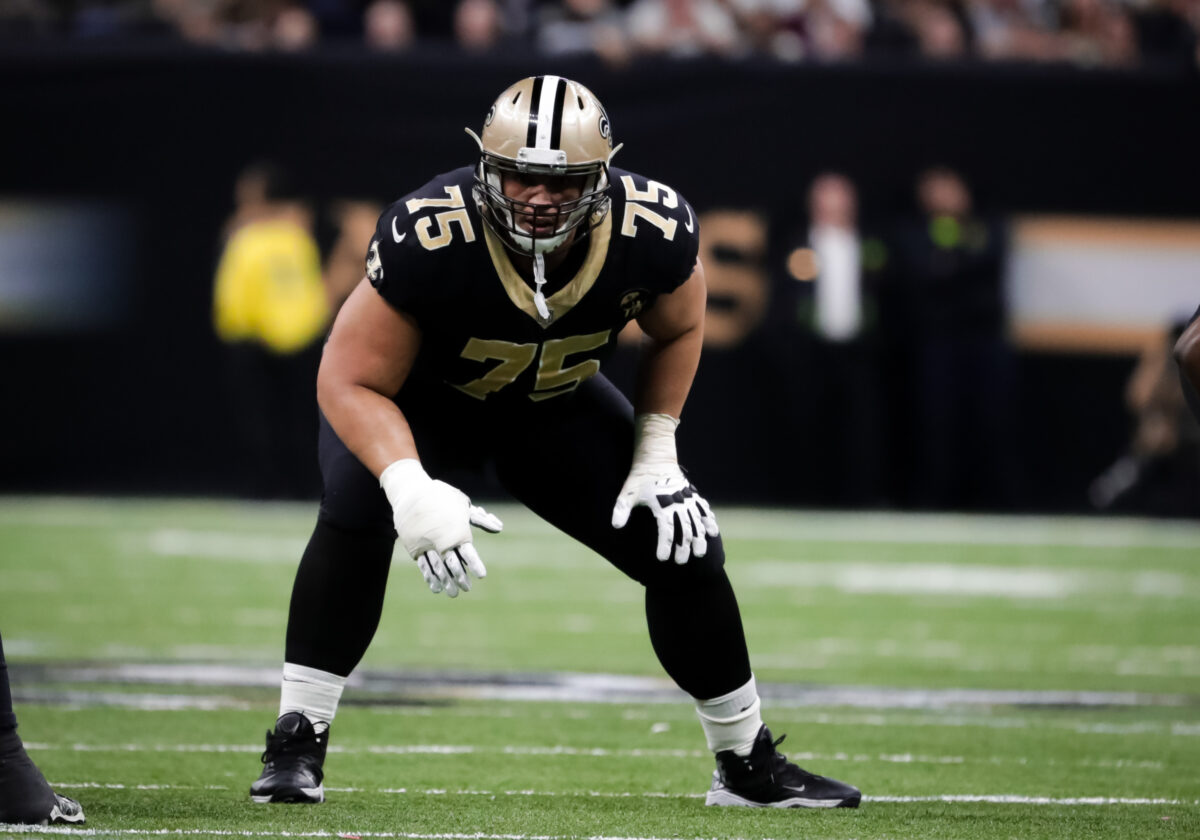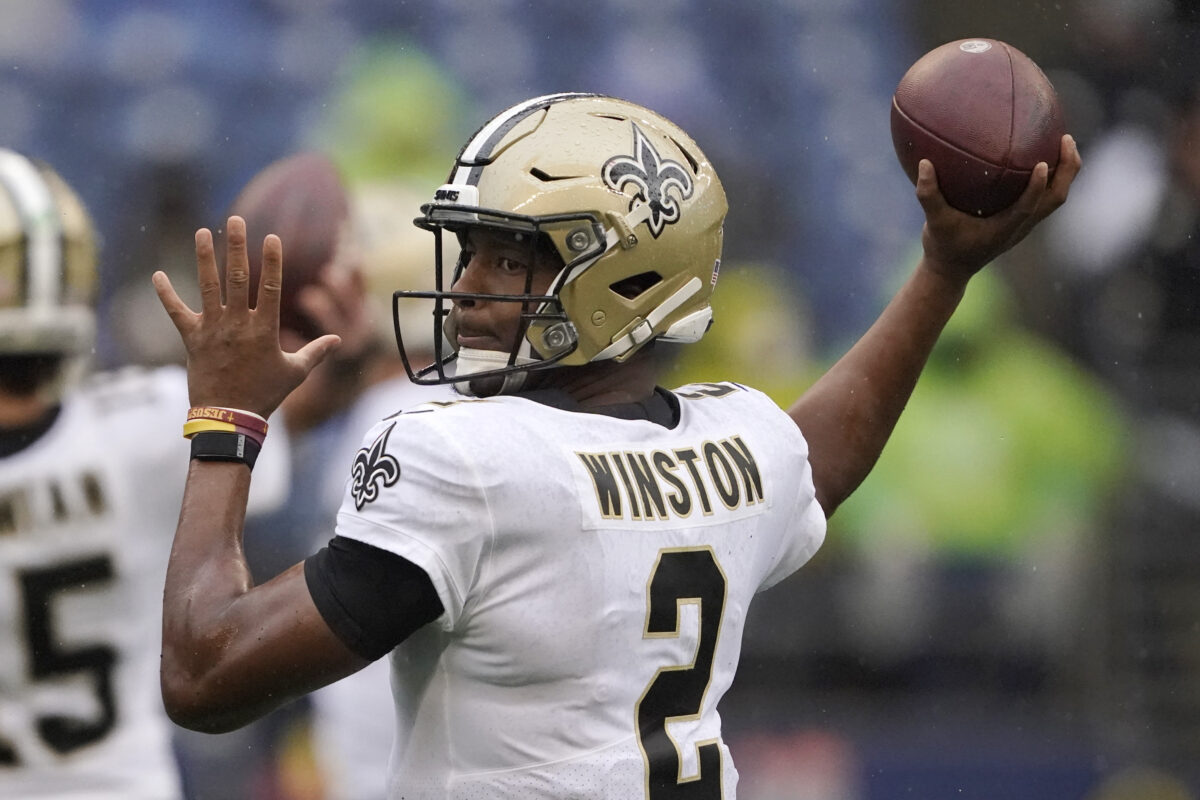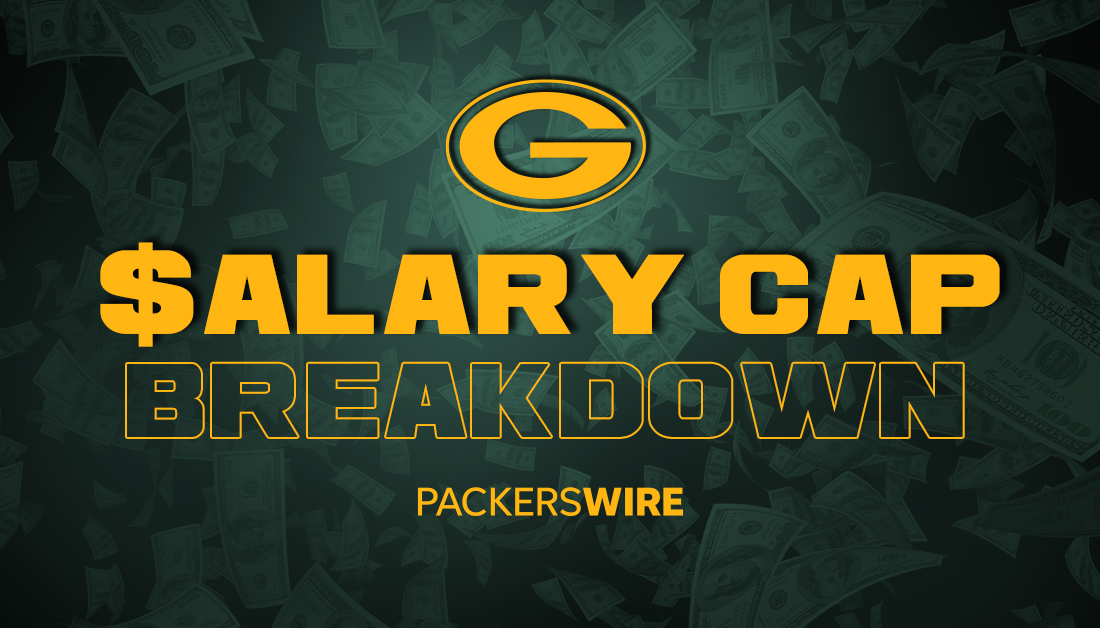In addition to Michael Thomas and Ryan Ramczyk, NFL.com’s Ian Rapoport reports the Saints also restructured their deal with Andrus Peat to work towards salary cap compliance:
[mm-video type=video id=01fvdabw9h5033rw8dnd playlist_id=01eqbyahgz6p2j3xp7 player_id=none image=https://images2.minutemediacdn.com/image/upload/video/thumbnail/mmplus/01fvdabw9h5033rw8dnd/01fvdabw9h5033rw8dnd-7d44df81ec092dda8eaab4ece5e021cd.jpg]
In addition to reworked contracts with wide receiver Michael Thomas and offensive tackle Ryan Ramczyk, NFL.com’s Ian Rapoport reports that the New Orleans Saints also restructured their deal with Andrus Peat to work towards salary cap compliance. Peat’s restructure freed up about $7.8 million against the 2022 salary cap.
Taken with the $26.2 million wiped out in restructures with Thomas and Ramczyk, and that’s about $34 million taken off the books on a lazy Saturday afternoon in-between Mardi Gras parades. If Saints general manager Mickey Loomis can hurry, he just might get over in time to catch Endymion as it starts rolling.
So how did the Saints do this? Thanks to reporting from the analysts at Over The Cap, we can see that the Saints reduced Peat’s 2022 base salary (which was fully guaranteed already) from over $10.8 million down to the veteran’s minimum of about $1.1 million, converting the difference into a new signing bonus that will count against the remaining years left on his contract. In order for the math to work out, the Saints must have added two void years onto his contract, which was set to expire after the 2024 season anyway.
The downside to this, though, is that Peat has a 2023 cap hit north of $18.3 million. If he’s playing well and avoids injury, nobody cares about that and the Saints will likely restructure him again in 2023 (as they’ve done in 2022 and 2021). With the salary cap expected to go to the moon next year as new media rights agreements flush cash into the NFL’s coffers, Peat’s specific cap hit will be even less of a deal. But injuries and subpar play have dogged him throughout his career, and there is some risk here. The Saints won’t save significant cap space in cutting Peat until after June 1, 2023 as things currently stand.
So let’s hope it doesn’t get to that point. Right now, the Saints are still over the 2022 cap (set at $208.2 million) by approximately $42.2 million, down from the $76 million albatross they started with. And while that may seem like a lot they’ve only got a few more easy moves to make before reaching cap compliance: restructuring contracts with cornerback Marshon Lattimore (saving up to $18.4 million), quarterback Taysom Hill ($7.2 million) and running back Alvin Kamara ($6.4 million) gets them most of the way there.
Reaching a decision on backup corner Bradley Roby (releasing him from his contract recoups over $9.4 million) leaves the Saints over the cap by roughly $800,000, and then they’re in the clear. At that point, New Orleans can make tougher calls on expensive veterans like defensive end Cameron Jordan, linebacker Demario Davis, safety Malcolm Jenkins, and defensive tackle David Onyemata. Simple restructures create immediate cap space, but make it tougher to get out of those contracts if the player’s performance erodes with age. And in Onyemata’s case, a true extension may be better than another restructure.
[listicle id=109843]

